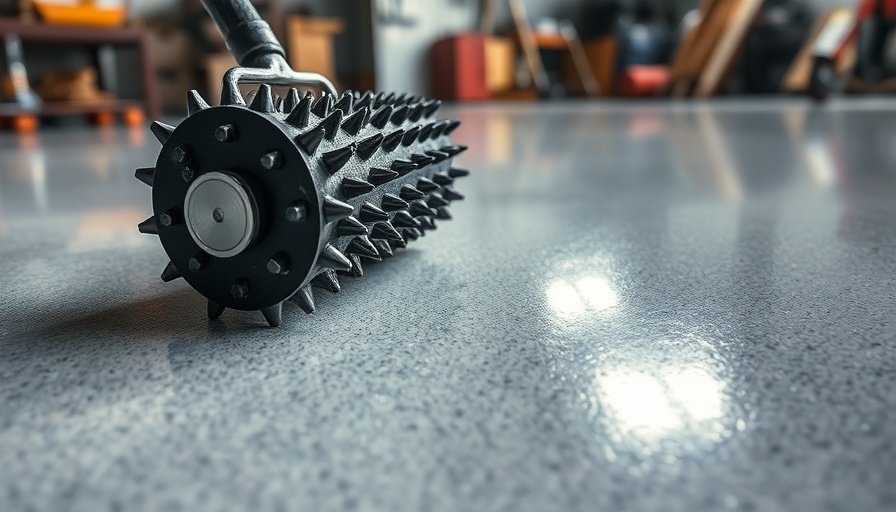
Can You Stain Wood in Cold Weather? Here’s What You Need to Know
If you’ve found yourself eager to tackle wood staining projects during the chilly months, you’re not alone. As the temperatures drop, many DIY enthusiasts wonder whether it’s still possible to effectively stain wood outside. The good news is that yes, you can stain wood in cold weather, but with some important considerations to ensure a beautiful finish.
Understanding Ideal Temperatures for Wood Staining
The most favorable temperature range for wood staining is between 50 and 90 degrees Fahrenheit (10 to 32 degrees Celsius). Ideally, mid-70s degrees Fahrenheit (around 24 degrees Celsius) is considered perfect, providing the best conditions for even drying and color development. Below these temperatures, particularly as it dips close to freezing, staining performance diminishes significantly due to slower drying times and possible finish issues.
Water-based stains, in particular, are sensitive to cooler temperatures. When the air temperature falls below 50 degrees Fahrenheit, expect the drying process to slow dramatically, potentially doubling the time you might need to allow between coats. In extreme cold, you risk creating cloudy finishes, uneven colors, and a longer overall project timeline.
Effects of Cold on Stain Application
Working with water-based stains in cold weather can lead to some frustrating challenges. They rely on evaporation for curing, which is significantly hampered in lower temperatures. Staining outdoors with a water-based product when it’s too chilly might lead to delamination—when the stain fails to adhere properly and can peel off. Using oil-based stains is much more forgiving in cold conditions. These don’t rely on evaporation as heavily and can be effective even in temperatures as low as 35 degrees Fahrenheit.
Tips for Successfully Staining Wood in Cold Weather
Here are some practical tips to help your staining project succeed, even when you face chilly temperatures:
- Stain in a Heated Space: If possible, conduct your staining in a heated garage. A warmer environment will reduce the risk of cold-related issues.
- Warm the Wood: Before applying stain, allow the wood to warm up. For example, bring it indoors to prevent rough or uneven finishes.
- Check the Weather: Be mindful of the forecast. Plan your staining day when rain isn’t expected within 48 hours to avoid complications with drying.
- Warm Up the Stain: Warming your stain can speed up the drying process too. Place the can in warm water before use or bring it indoors for a while.
Potential Risks and How to Avoid Them
Despite the challenges, it’s not impossible to achieve stunning finishes on wood, even in cold conditions. Being aware of risks like gloss variations or poor color development will help you prepare better. Consider applying an accelerator to your water-based stains to improve drying times dramatically.
Conclusion
Though staining wood in wintry weather requires extra caution and planning, with the right approach and knowledge, you can complete your DIY projects successfully. Remember to always check product labels for specific temperature recommendations and remain adaptable to the evolving weather conditions. After all, a little preparation goes a long way in ensuring your hard work pays off with a great finished product!
Ready to keep those wood projects going, even in the cold? Plan ahead, warm up your materials, and embrace the winter DIY spirit!
 Add Row
Add Row  Add
Add 




Write A Comment